Mars, the fourth planet from the Sun, has long captured the imagination of scientists, writers, and explorers. The idea of human life on the Red Planet that lies millions of miles away from Earth seems simultaneously far-fetched and tantalizingly possible. But could we really survive there? As technology advances, this age-old question becomes more pressing and complex. Colonizing Mars requires overcoming a host of formidable challenges. This article delves into the most significant obstacles to human survival on Mars and explores the potential solutions.
Understanding Mars: A Unique Environment

Mars is a world of extremes. Known for its red dust and dramatic landscapes, it presents a unique environment quite different from Earth. Mars has a thin atmosphere, composed primarily of carbon dioxide, with surface temperatures averaging around -80 degrees Fahrenheit (-62 degrees Celsius). The planet also experiences intense radiation levels due to its lack of a magnetic field and thin atmosphere. Understanding these differences is crucial for planning human habitation.
The Atmosphere: Breathing on Mars

One of the most immediate challenges is Mars’s thin atmosphere, which provides almost no breathable oxygen for humans. To tackle this, scientists are exploring various methods of oxygen production. Technologies such as NASA’s MOXIE experiment are being developed to convert Martian carbon dioxide into oxygen via electrolysis. This innovation could pave the way for sustainable life support systems.
Gravity: The Effects on the Human Body

The gravitational force on Mars is only about 38% as strong as that of Earth. Prolonged exposure to low gravity could lead to muscle atrophy and bone density loss in humans. Researchers are studying the effects of reduced gravity on the body through simulations on the International Space Station, aiming to develop exercise regimes or medical countermeasures to mitigate these effects.
Radiation: A Major Health Threat
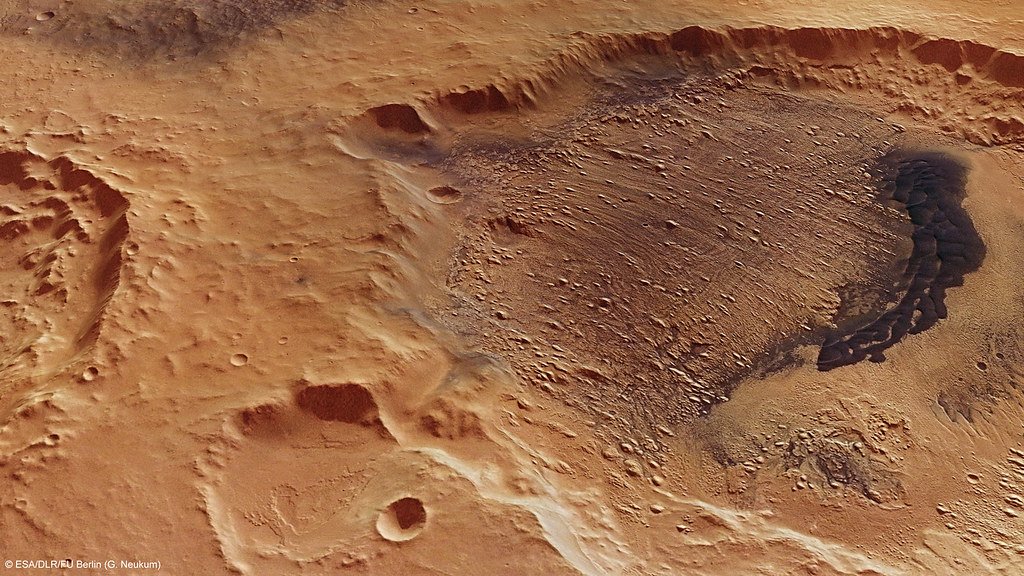
Mars’s lack of a protective magnetic field means that colonists would be exposed to high levels of cosmic radiation. This poses a significant risk of cancer and other health issues. Solutions such as building habitats underground or using regolith materials for shielding are being explored to protect humans from this invisible threat.
Access to Water: Unlocking Liquid Life
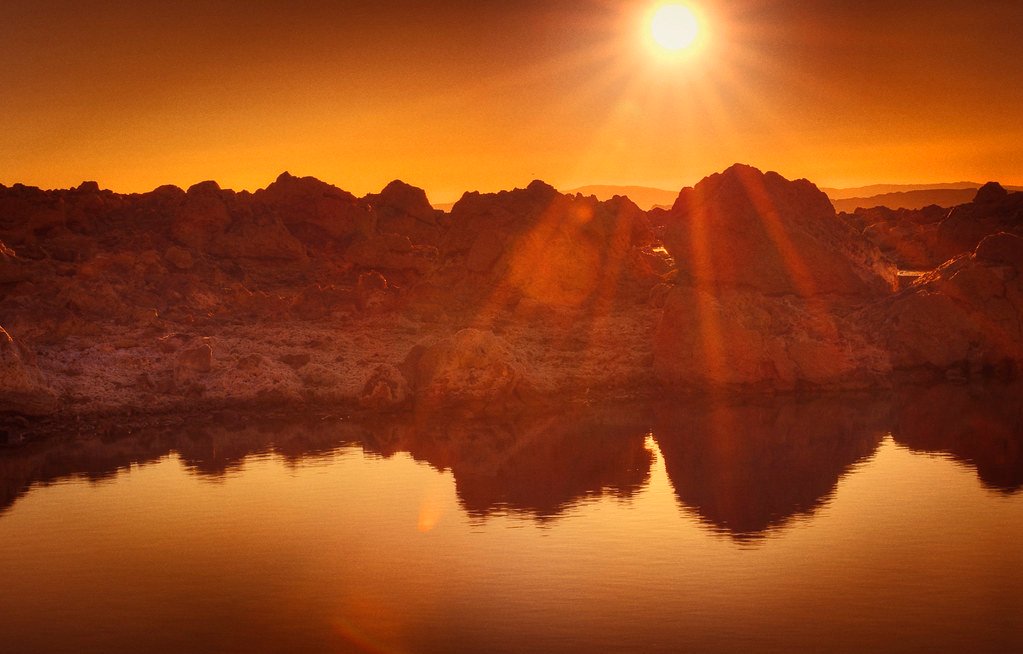
Water is essential for survival. Mars has ice reserves at its poles and possibly subsurface water. Technologies for extracting and purifying Martian water, such as mining ice deposits or using hydrated minerals, are critical for sustaining life. Innovations in this area will aid not only survival but also agricultural activities necessary for long-term habitation.
Food Production: Growing Sustenance
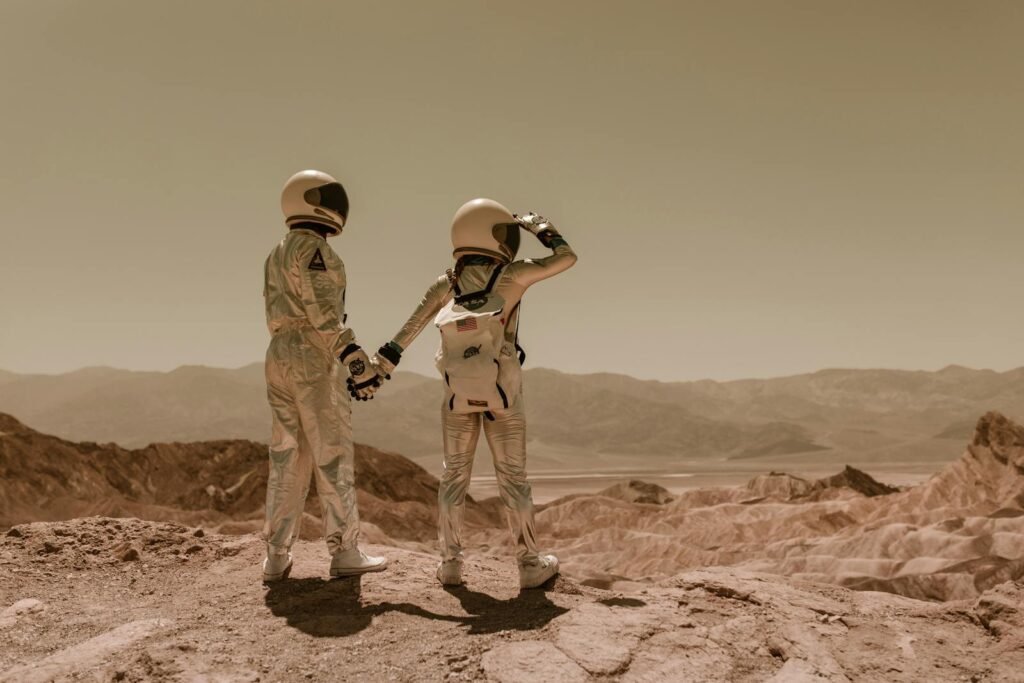
Transporting food from Earth is impractical for long-term colonization, making local food production on Mars vital. Scientists are experimenting with hydroponics and aeroponics to grow crops in controlled environments. These methods can potentially adapt plants to Martian soil and atmosphere, ensuring a steady food supply for future colonists.
Health Challenges: Maintaining Human Wellness

Healthcare on Mars will need to deal with isolation, potential mental health issues, and unknown diseases. Providing comprehensive medical care with limited resources will require innovative solutions. Telemedicine and advanced AI diagnostics may offer ways to deliver healthcare efficiently in this isolated environment.
The Psychological Barrier: Coping with Isolation

Living on Mars means being far from Earth, leading to profound psychological challenges. Feelings of isolation and confinement are concerns. Building strong, supportive communities and providing mental health resources will be crucial for maintaining morale and psychological well-being.
Energy Needs: Powering A New Society

Mars lacks readily available energy sources. Colonies would need to rely on solar power or nuclear energy to meet their needs. Advances in energy efficiency and storage will be vital to providing a stable power supply, especially during prolonged dust storms that can last for months and block sunlight.
Transportation: Moving on Mars and Beyond
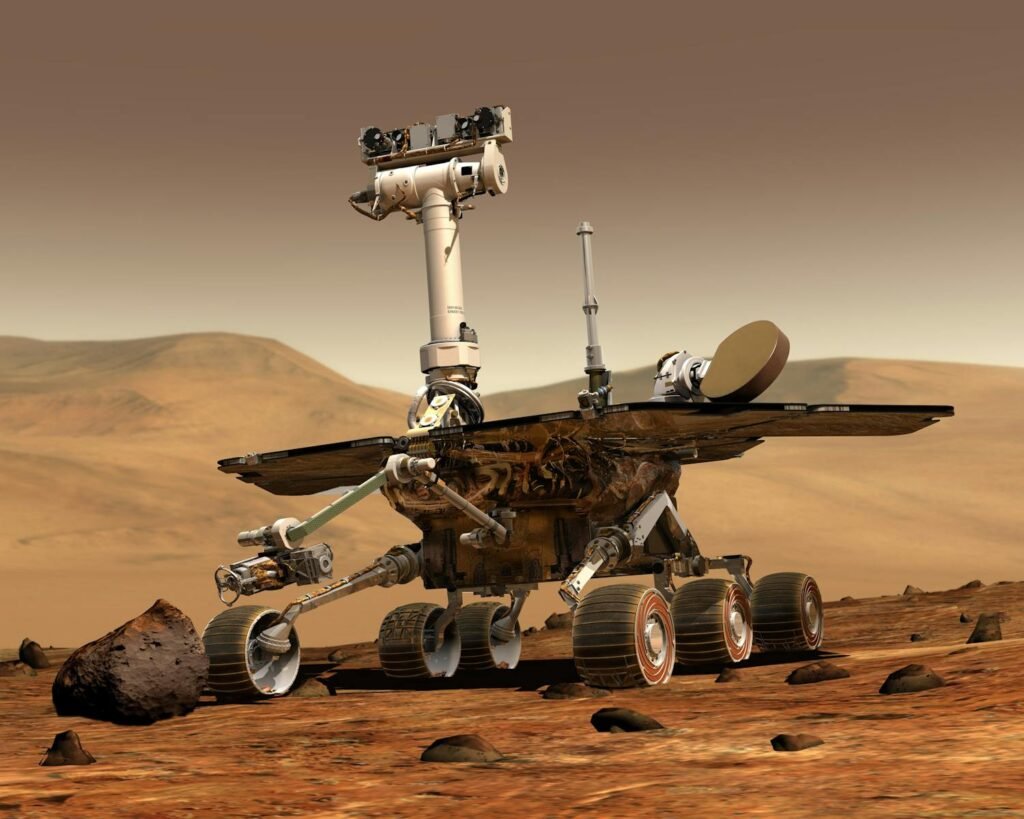
Surface transportation on Mars involves unique challenges due to its rough terrain and dust storms. Specialized rovers and vehicles are being developed to traverse the Martian terrain safely. Also, reliable space travel technology is needed to ensure a transportation link between Earth and Mars.
Cultural Impact: Creating a New Society

Establishing a colony on Mars involves not only survival but also the creation of a new societal structure. This includes addressing ethical concerns, governance, and cultural identity. Developing a Martian culture will involve collaborative efforts among diverse groups, fostering a sense of unity and purpose.
The Cost: Financing Humankind’s Future

Colonizing Mars requires significant financial resources. Funding is a major hurdle, with missions running into billions of dollars. Investment from government space agencies and private companies is essential. A unified international effort could spread the costs and benefits, making the dream of a Martian colony more achievable.
Technology: Driving Martian Innovation
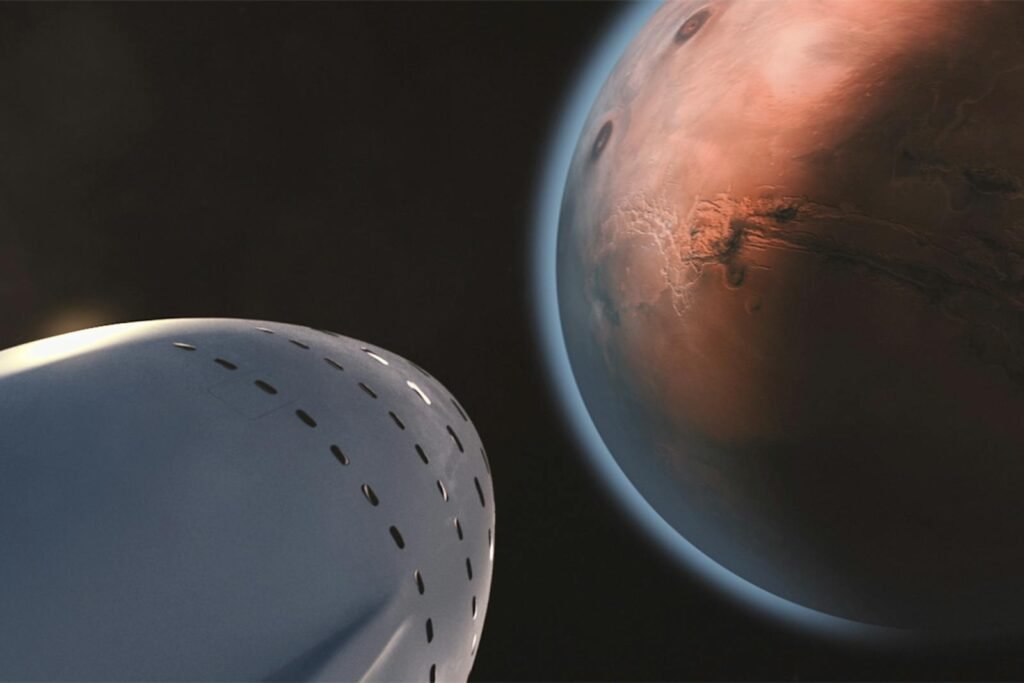
Advanced technology is at the heart of successfully colonizing Mars. From building materials and life support systems to AI and robotics that assist in daily activities, innovation is key. Research and development are focusing on creating robust systems that can withstand Mars’s harsh environment.
International Cooperation: A Global Endeavor

Global collaboration is critical in the monumental task of colonizing Mars. Bringing together nations and pooling resources and expertise will accelerate progress. Collaborative efforts, like those seen in organizations such as the International Space Station, are models for how countries can work together toward a shared goal.
Legal and Ethical Considerations: Playing by the Rules
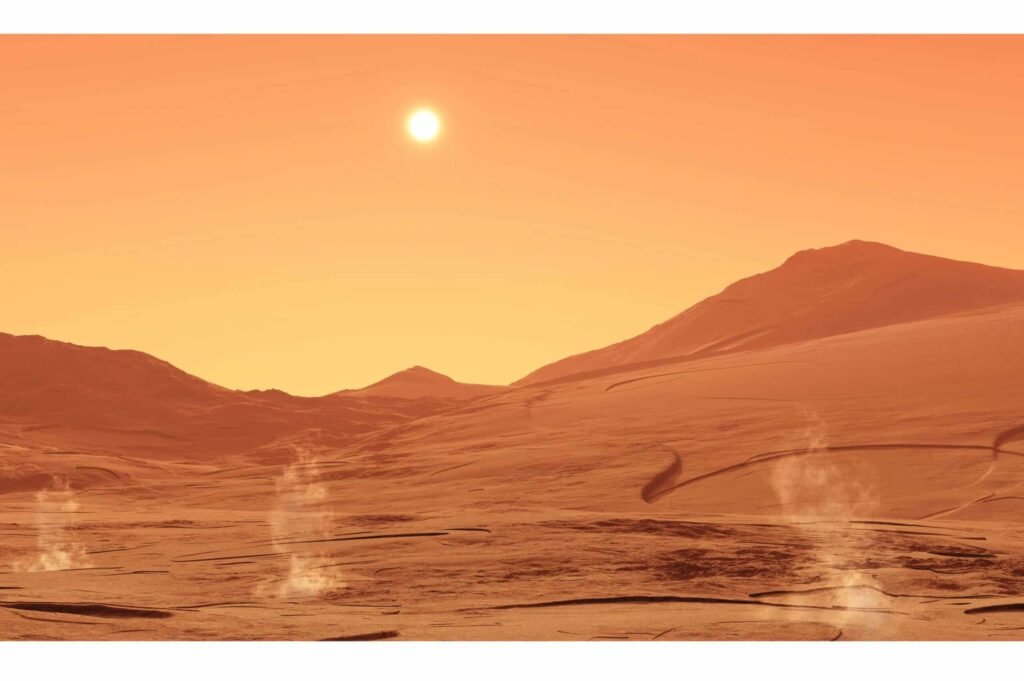
As humans consider settling on Mars, legal and ethical issues such as planetary protection, territorial claims, and resource utilization arise. International agreements and ethical guidelines will be vital in ensuring peaceful and responsible colonization.
Preparing for the Unforeseen: Adapting to Unknowns
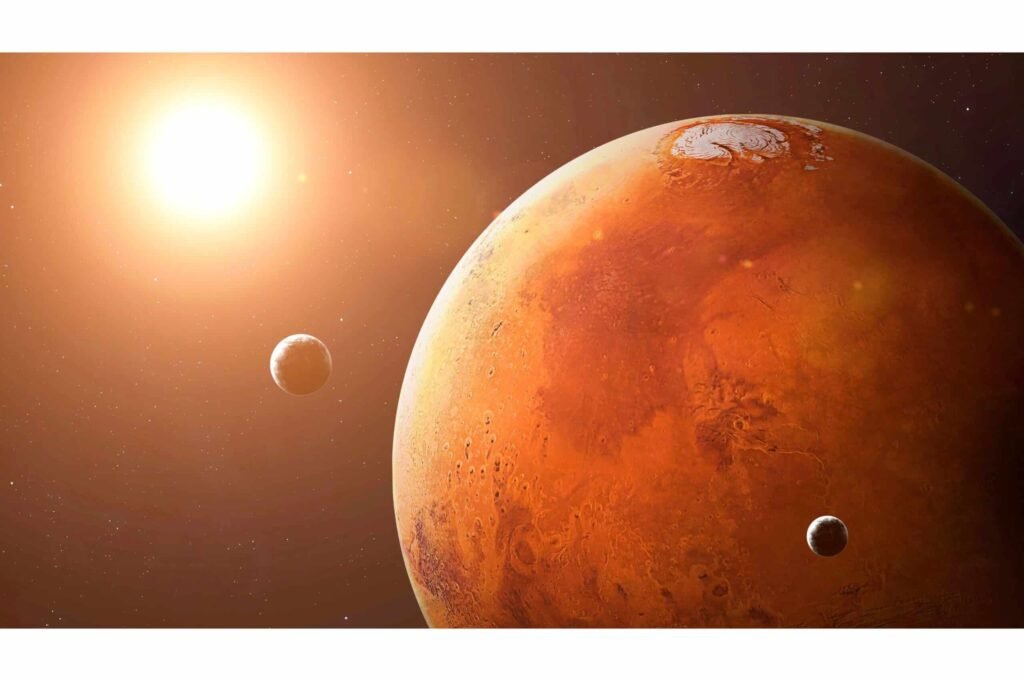
Mars presents many unknowns, and adaptability will be crucial. Contingency planning and flexible strategies will be necessary to handle unexpected challenges in a dynamic environment, ensuring the resilience and sustainability of Martian colonies.
Conclusion: The Frontier of Opportunity and Challenge

The prospect of colonizing Mars is fraught with challenges but also filled with unprecedented opportunities. While the obstacles—ranging from atmospheric and gravitational differences to psychological and financial barriers—are daunting, they are not insurmountable. With concerted global efforts, innovative technologies, and a pioneering spirit, humans might one day call Mars home. Embracing this new frontier not only extends human presence in the universe but also enriches our understanding of life itself.




